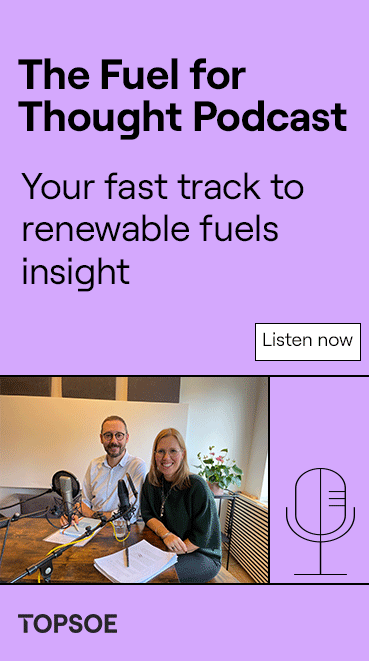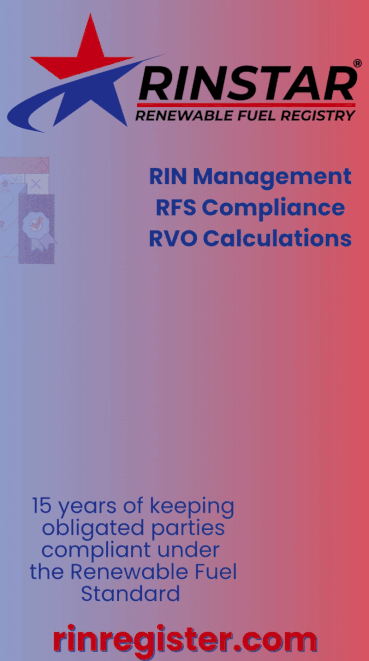Unique Advantages of Canned-Motor Pumps from a High-Speed Perspective
- Jim Hoffman
- Jun 28, 2024
- 4 min read

With fluid-film bearings, increased speed in canned-motor pumps results in greater film stability and load capacity, providing higher and more efficient performance with a much smaller footprint and lower cost.
It is common practice for centrifugal-pump specifications to be based around low-speed operation—typically 1,750 revolutions per minute (RPM)—in the interest of increasing mean time between maintenance (MTBM) and failure (MTBF). This idea is rooted in the effect of rotational speed on the expected lifespan of mechanical components found in many centrifugal pumps such as mechanical seals, ball or roller bearings and couplings, which are designed into rotating equipment with a finite life expectancy.
Sealless centrifugal pumps have gained significant traction in the renewable fuels industry over the past two decades in both inside battery limits (ISBL) and outside battery limits (OSBL) services as a result of evolving regulatory requirements centered on leakage containment and controlling emissions. Available sealless pumps are either magnetically driven or hermetically sealed canned-motor pumps. While both technologies do away with mechanical seals, the former relies on conventional ball bearings and an electric motor coupled to a ball bearing-supported shaft through a coupling, very much like its traditional, mechanically sealed counterpart. Canned-motor pumps take reliability and realistic operating parameters to the next level by completely removing ball and roller bearings, couplings and all associated alignment from the equation and instead utilizing one single, solid rotating element supported by two hydrodynamic fluid-film bearings fed by either a slip stream of the process fluid or any other process-compatible flush fluid depending on the application.

Unlike ball or roller bearings, fluid-film bearings eliminate mechanical contact by supporting the rotating element radially with a thin, pressurized fluid film between the inside diameter of the bearing and the outside diameter of the shaft journal. These sleeve-type bearings are available in a variety of process-compatible materials. Most importantly, the thickness of the film and therefore its stability and radial-load capacity scales with rotational speed. Such bearings have a quantifiable bearing-characteristic rating known as a Sommerfield number, which relates various factors such as viscosity, RPM and radial load to determine the film thickness for a given bearing.
Utilizing no-contact bearings provides a major advantage when considering MTBM and MTBF intervals as the technology is designed for zero wear to occur during normal operating conditions. Furthermore, the position of the rotating assembly in a canned-motor pump is continuously monitored electronically to provide real-time indication of bearing wear and data to predict maintenance schedules based on pump operation.
Canned-motor pumps are configured considering an array of key parameters of the pumped fluid for a given application including, but not limited to, fluid viscosity, vapor pressure and motor-cavity pressure to ensure no vaporization of the circulated liquid and that a robust fluid film can be maintained within the defined operating conditions. The fact that increased speed results in greater film stability and load capacity presents new opportunities beyond maximizing reliability, including the ability to achieve significantly higher and more efficient performance with a much smaller footprint and lower cost.

As a scaled comparison, consider a duty point of 50 gallons per minute at 80 feet of total dynamic head (TDH). At 1,750 RPM fixed-operating speed, this job can be done with a 2x1-10-inch hydraulic. When speed is doubled, however, the same performance can be achieved with a 1x3/4-5-inch hydraulic, requiring less power. Increase speed to 6,000 RPM and impeller diameter is reduced to 3 inches, requiring even less power, and so on, while effectively moving the duty point closer to the best efficiency point.


The ability to reduce physical-equipment size and power consumption is underpinned by centrifugal-pump affinity laws, but there is even more at play behind the scenes. Consider windage, for example. A spinning disk (impeller) in a liquid is subject to a viscous drag proportional to [disk diameter]5. Therefore, if an impeller diameter is halved, viscous drag is reduced by (1/2)5 or a factor of 32x. This effect is compounded for multistage pumps using more than one impeller. Consider, for example, that a 12-stage pump at 85 hertz (Hz) can do the same job as a 16-stage pump at fixed 60Hz speed.

It is also important to note that typical induction motors for centrifugal pumps are most often designed for operating speeds up to 50Hz or 60Hz at full voltage. When a variable-frequency drive is used to increase speeds above the nominal frequency, the voltage has already reached its maximum and, therefore, as frequency increases so does current draw per Ohm’s law.

High-speed canned-motor pumps solve this issue by employing a specialized motor-winding system designed for say 120Hz at full voltage, thereby maintaining the voltage-to-frequency ratio at any frequency below 120Hz.
Inherent to its design, canned-motor pump technology encompasses all the advantages sought by rotating-equipment operators, particularly in the renewable fuels sector where containment, sustainable operation and environmental friendliness are highly valued. These advantages include dual containment, ease of operation and maintenance, extended MTBM and MTBF intervals relative to alternative technologies and significant physical-space cost savings when considering high-speed solutions that only canned-motor pumps can offer.

Author: Jim Hoffman
Eastern Regional Business Manager
Teikoku USA Inc.
267-485-4094


































